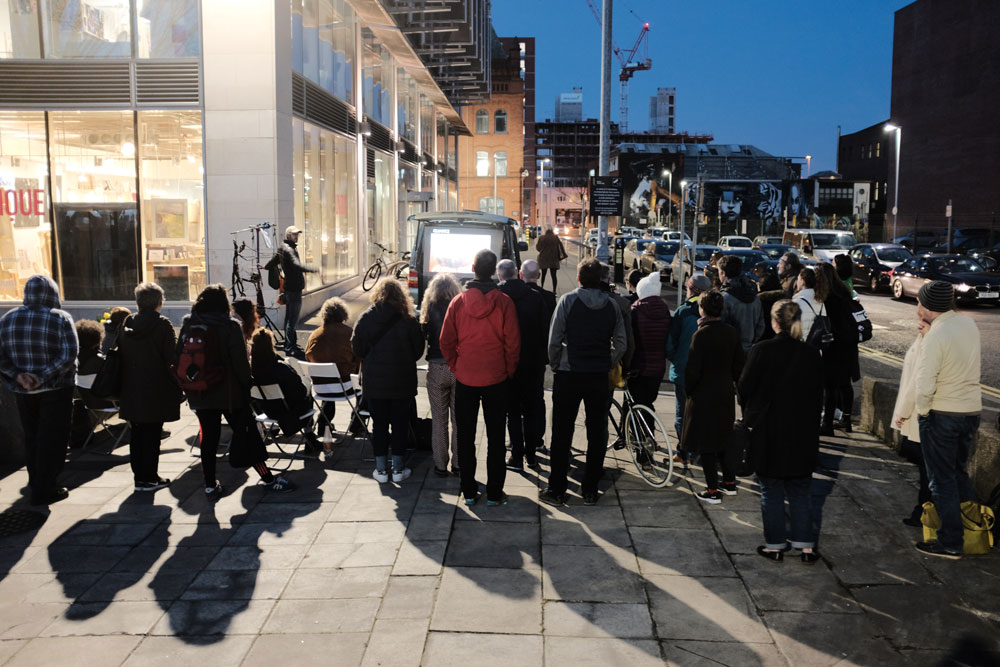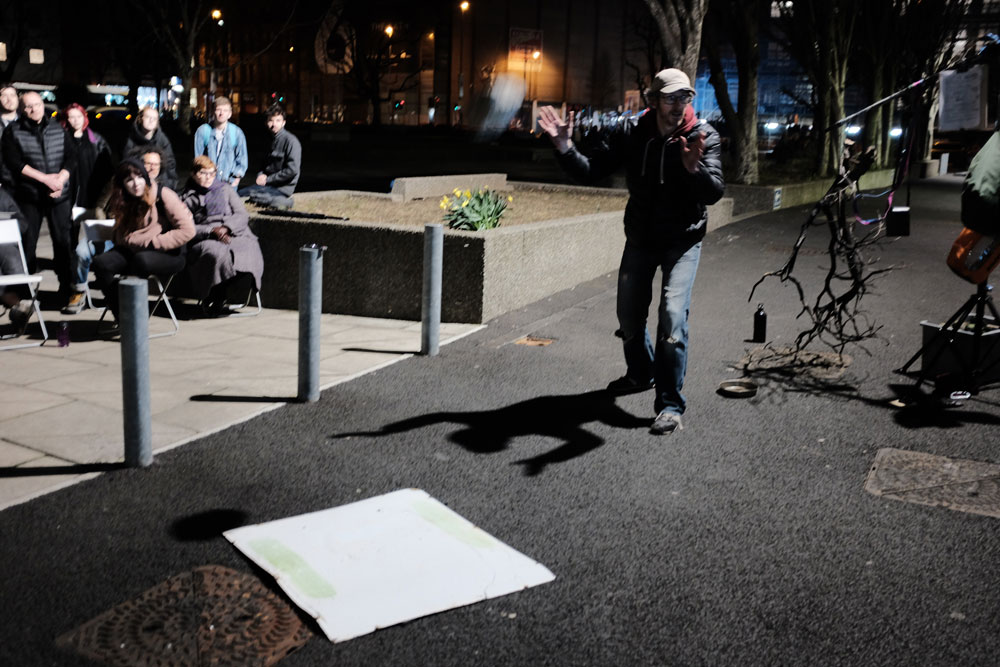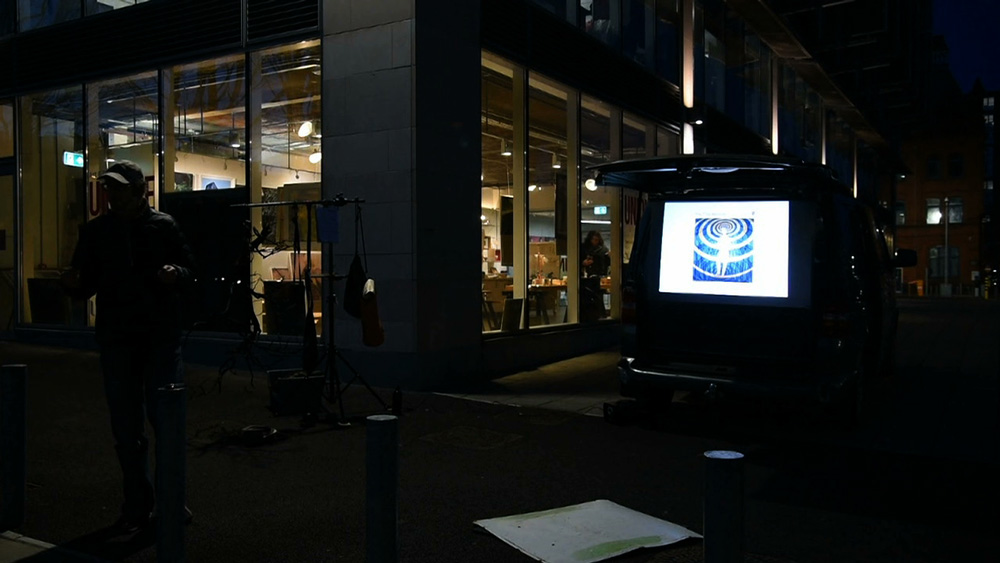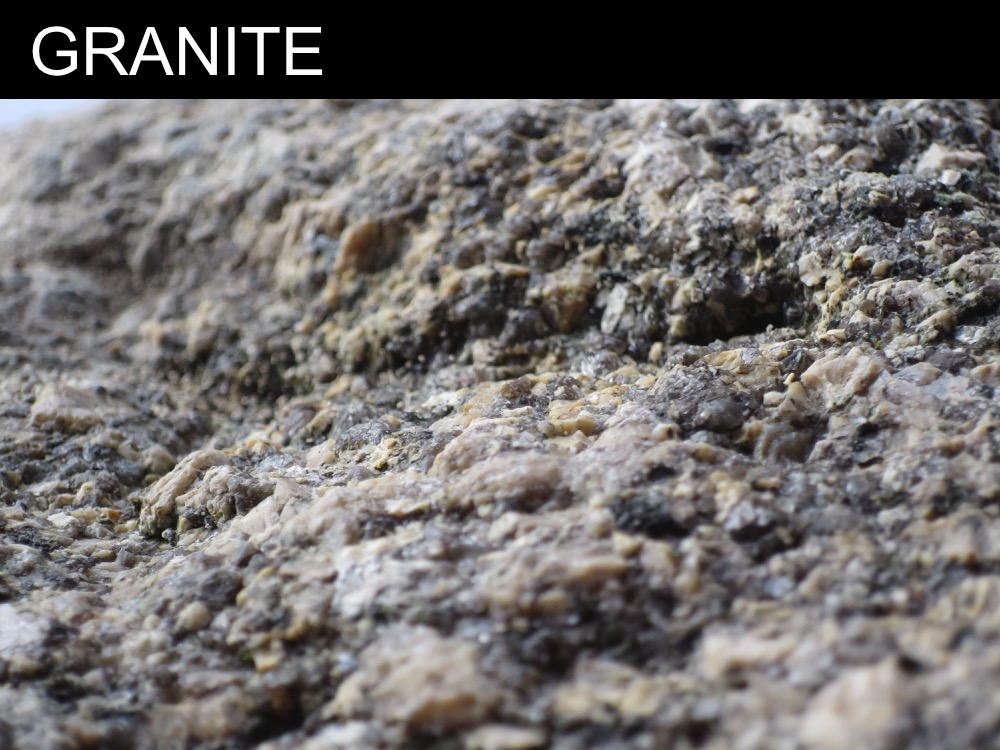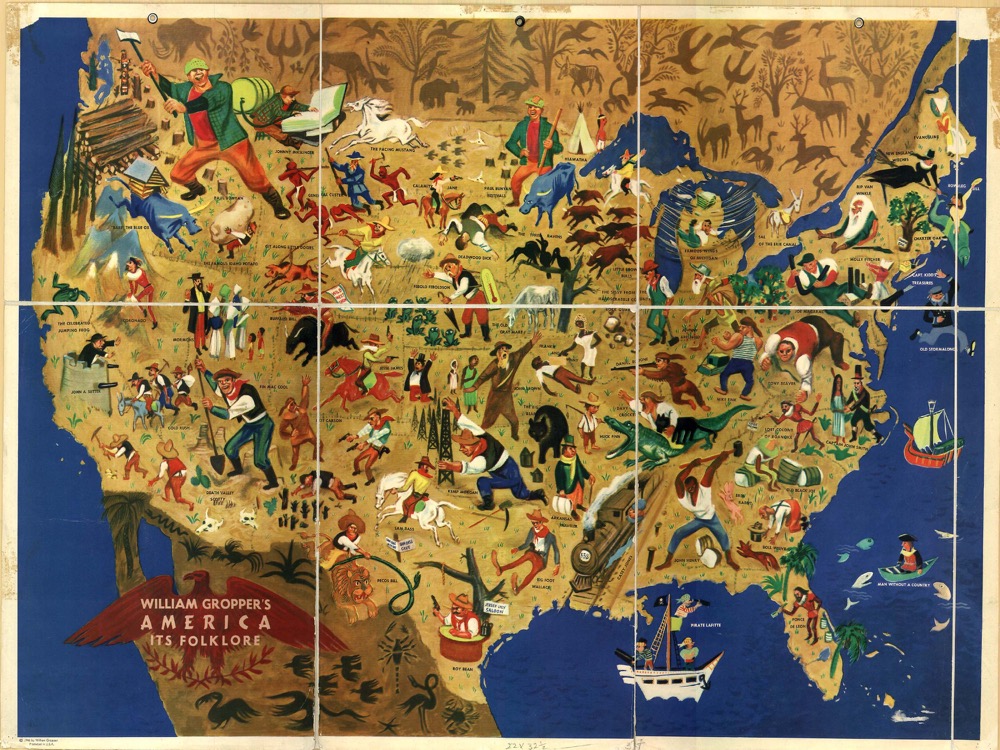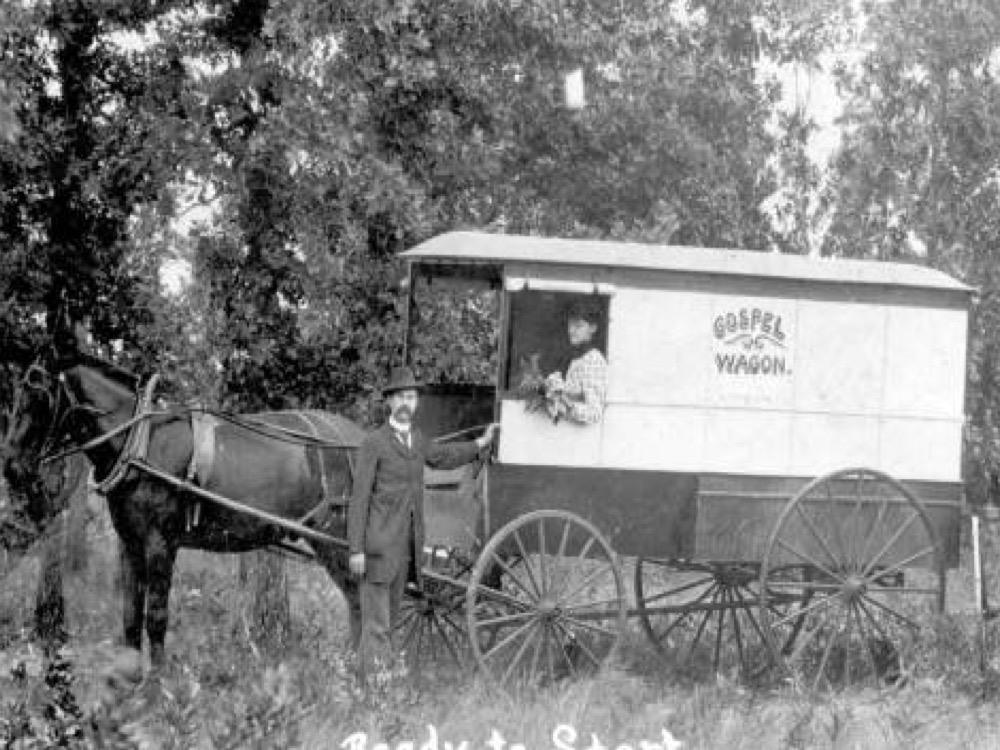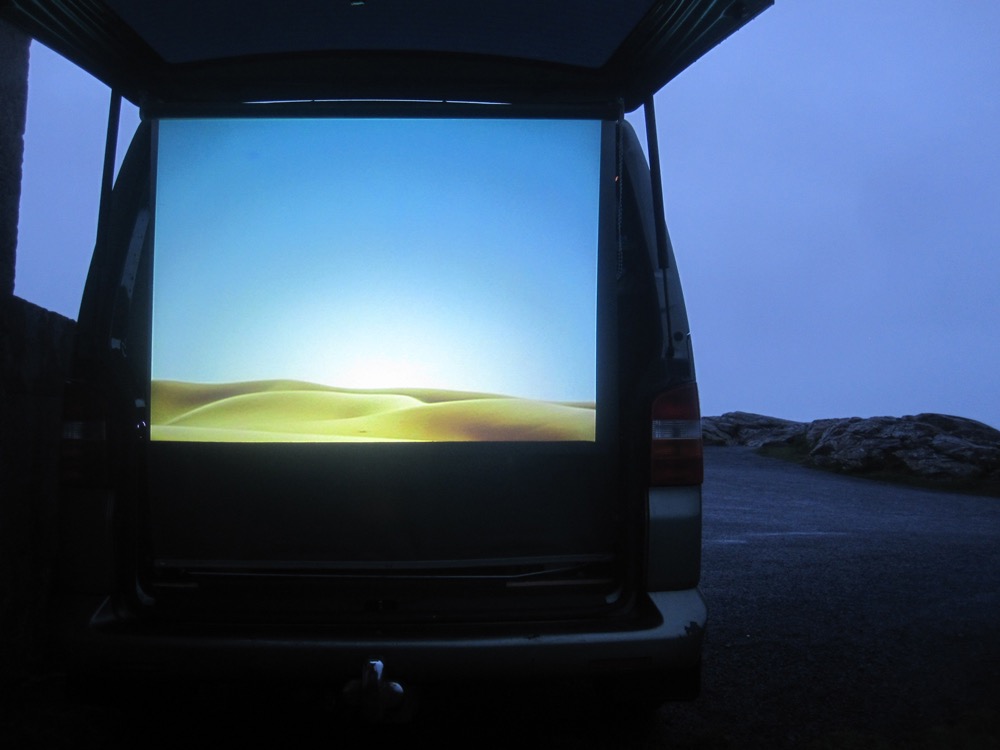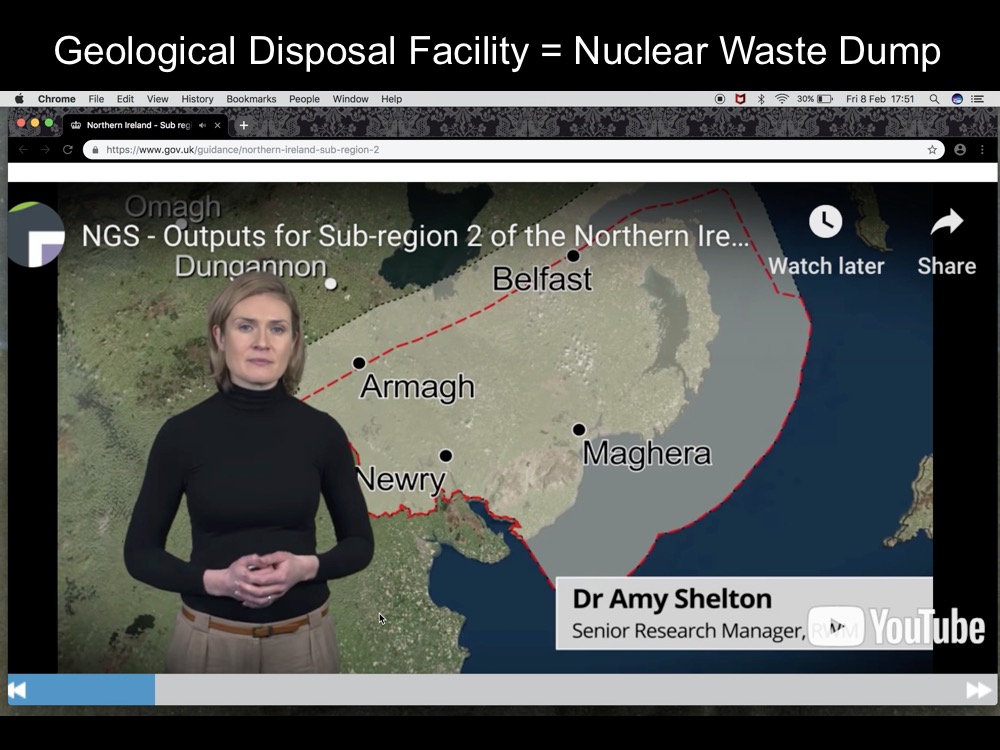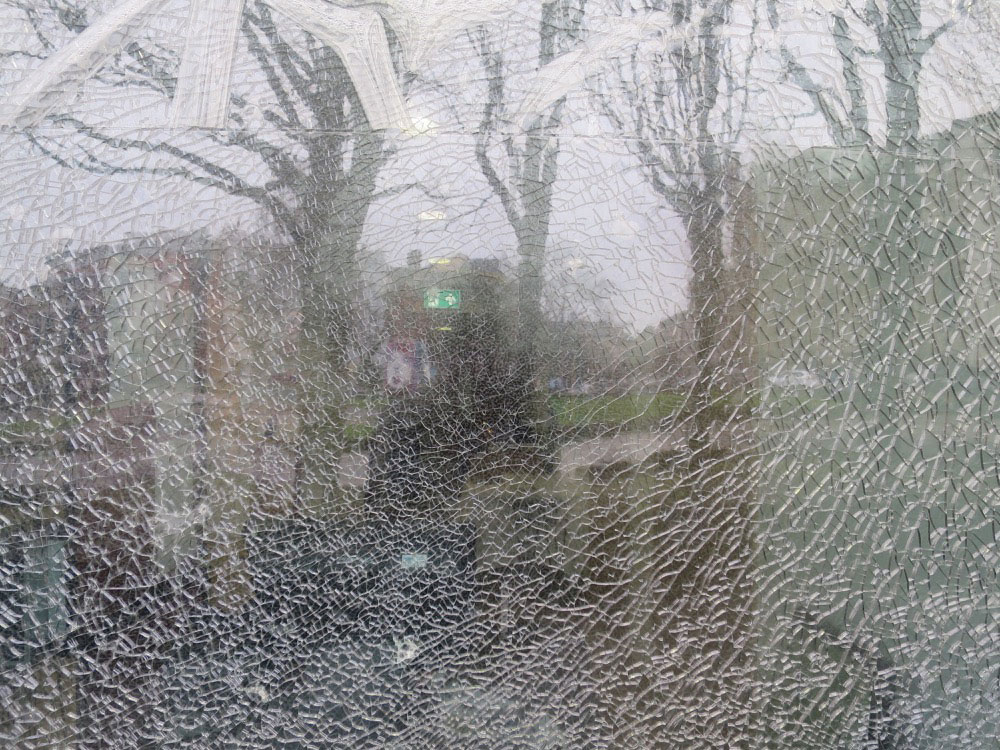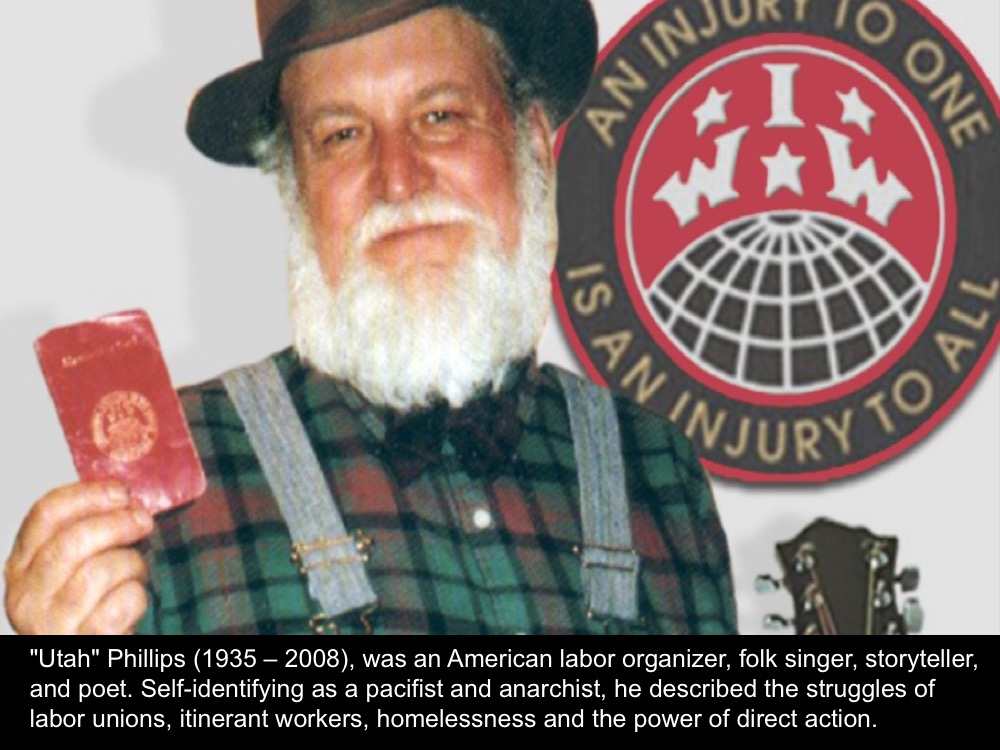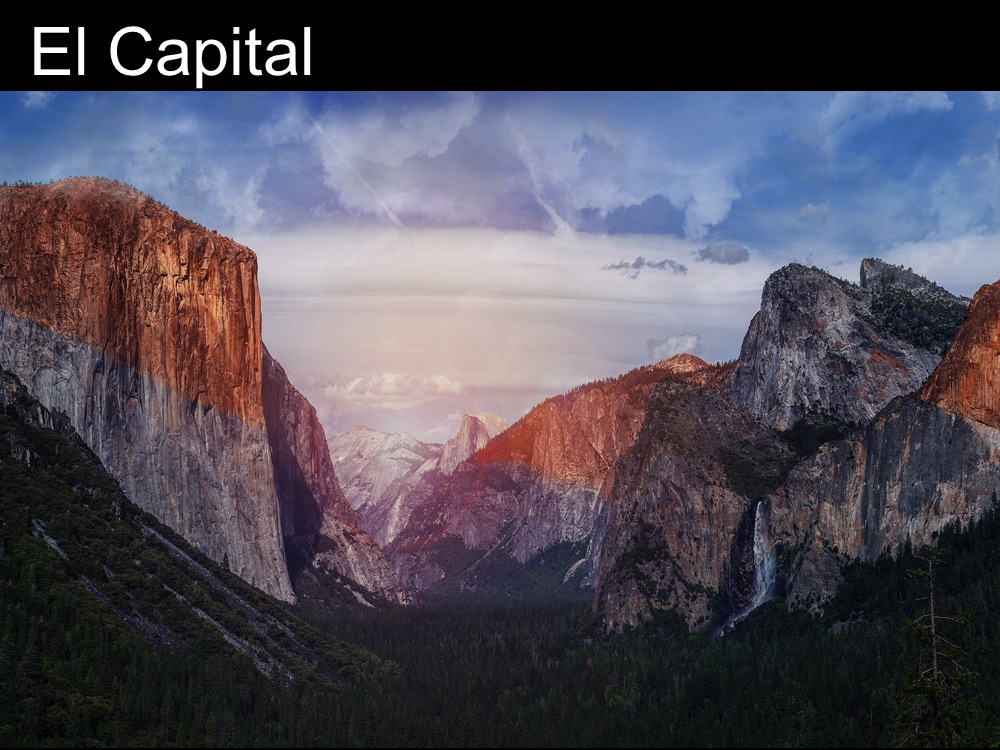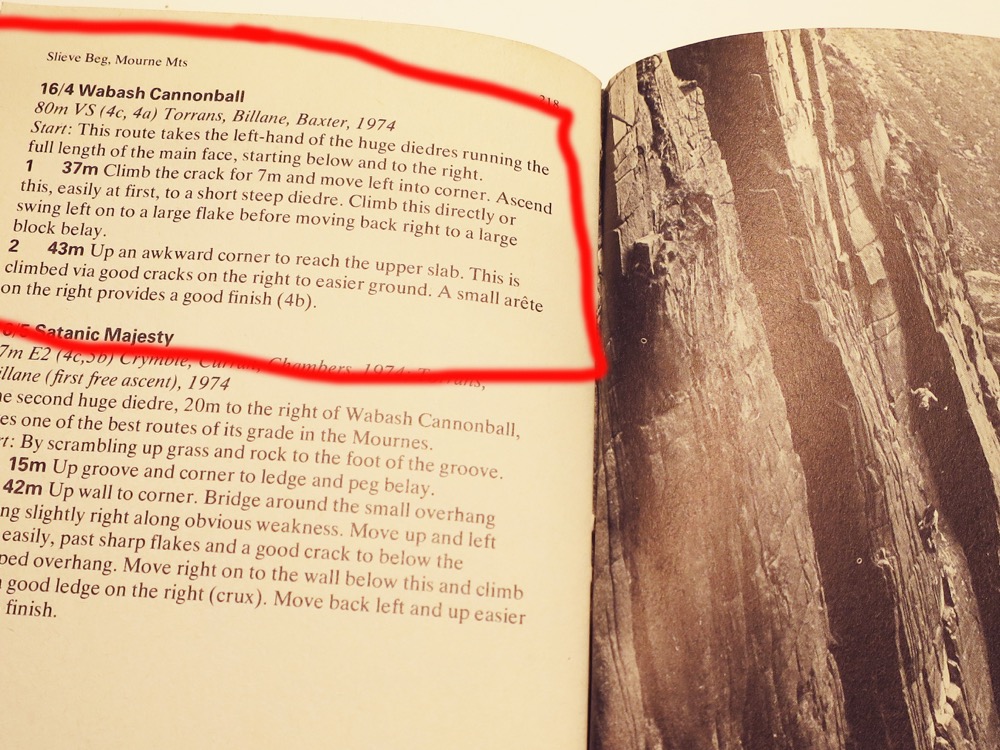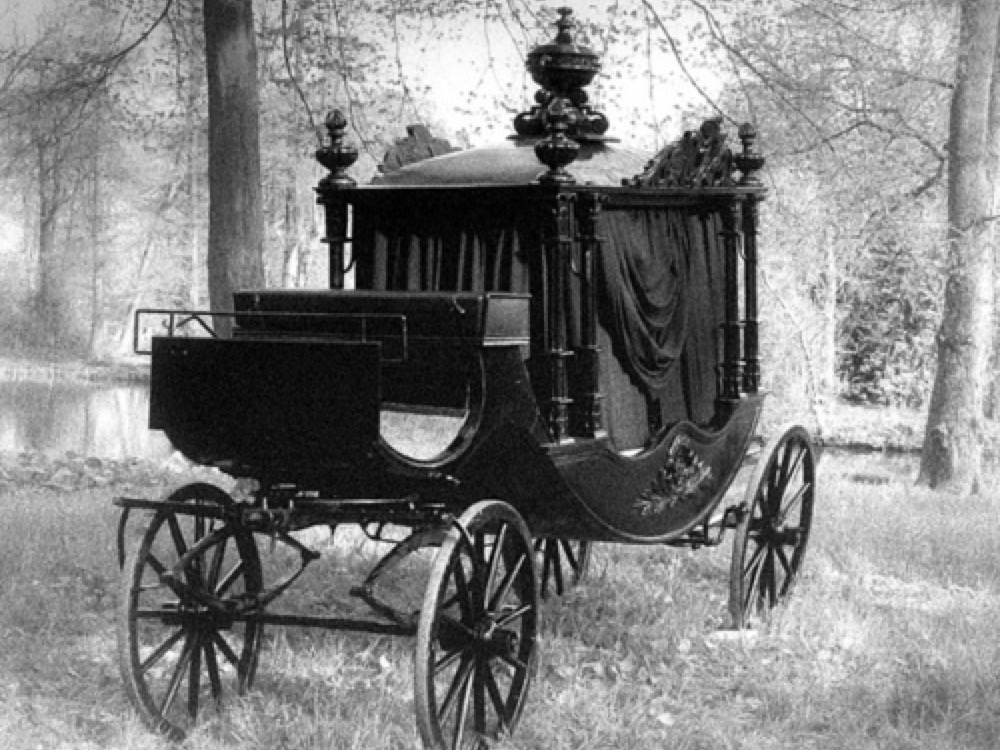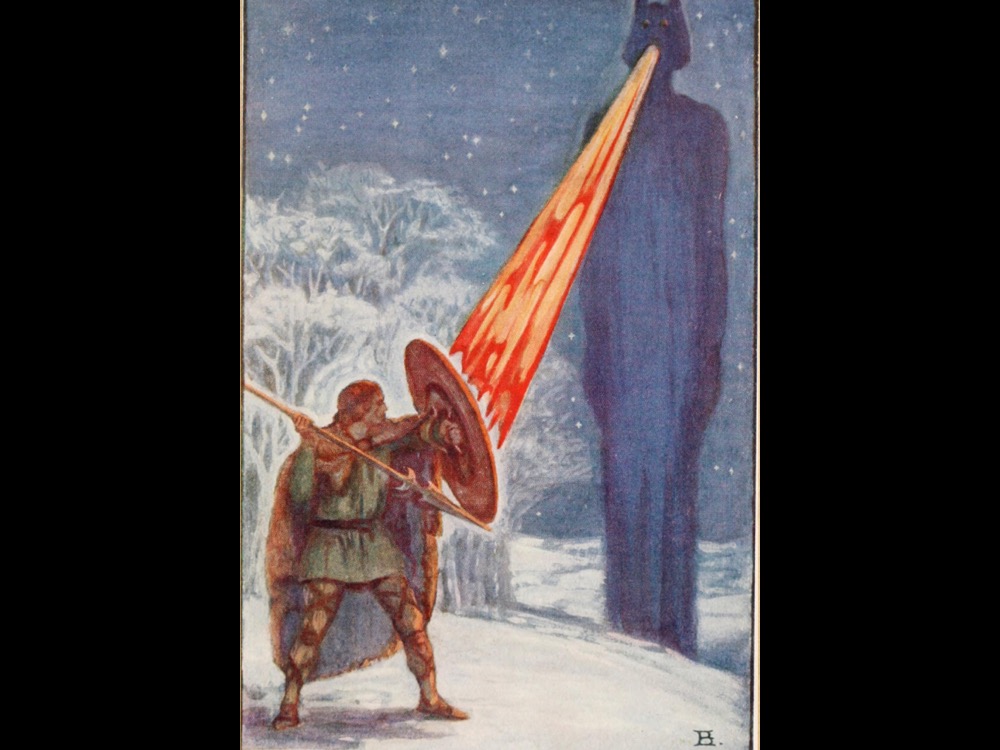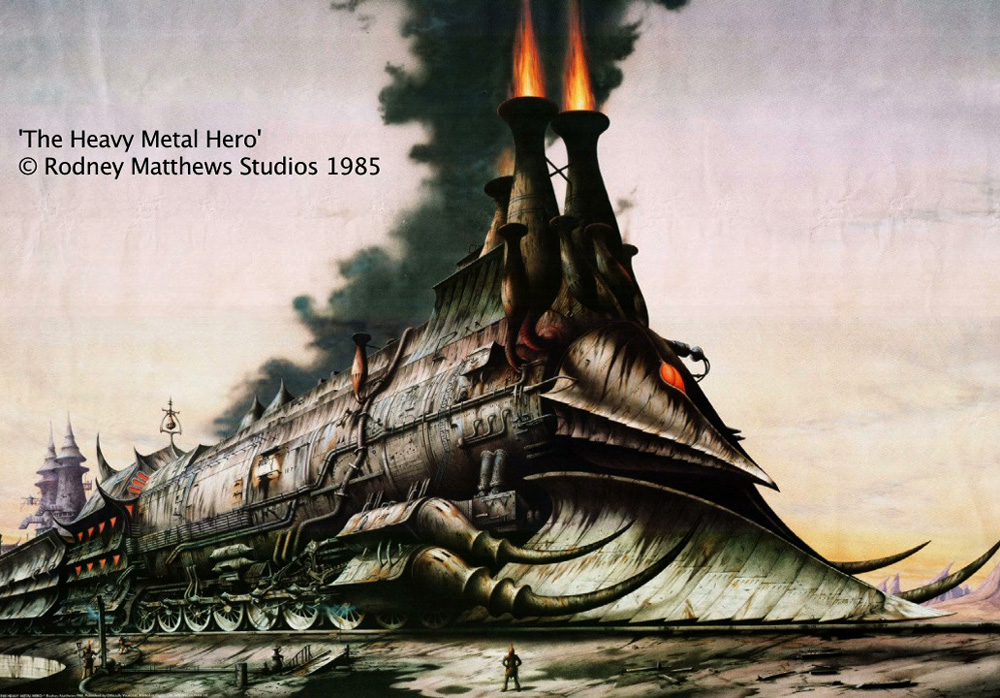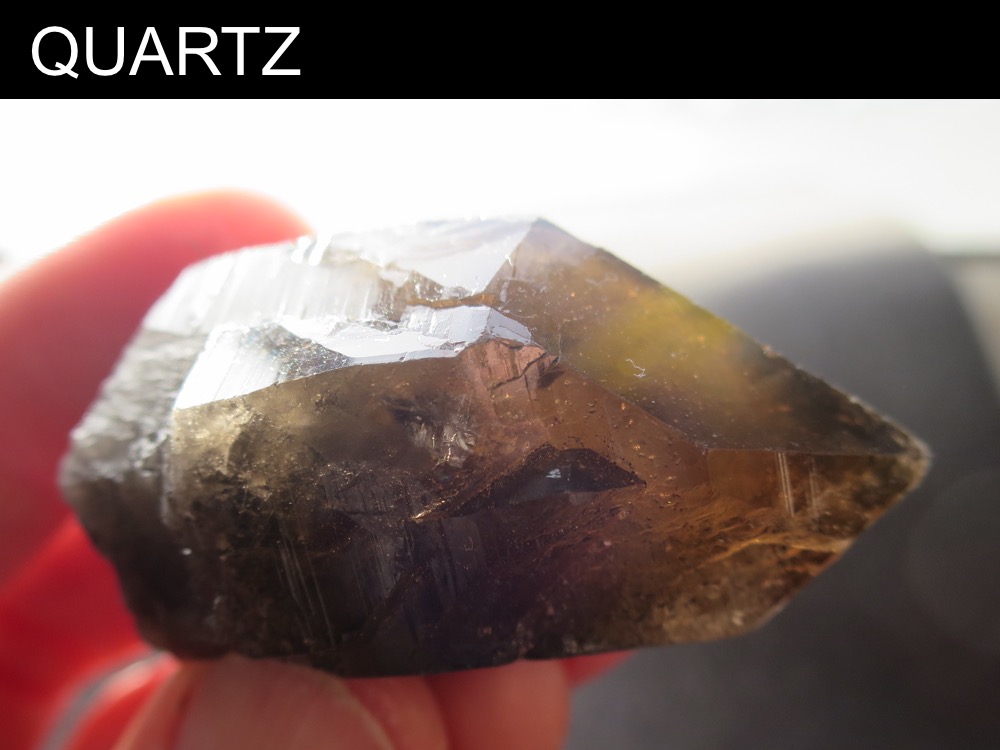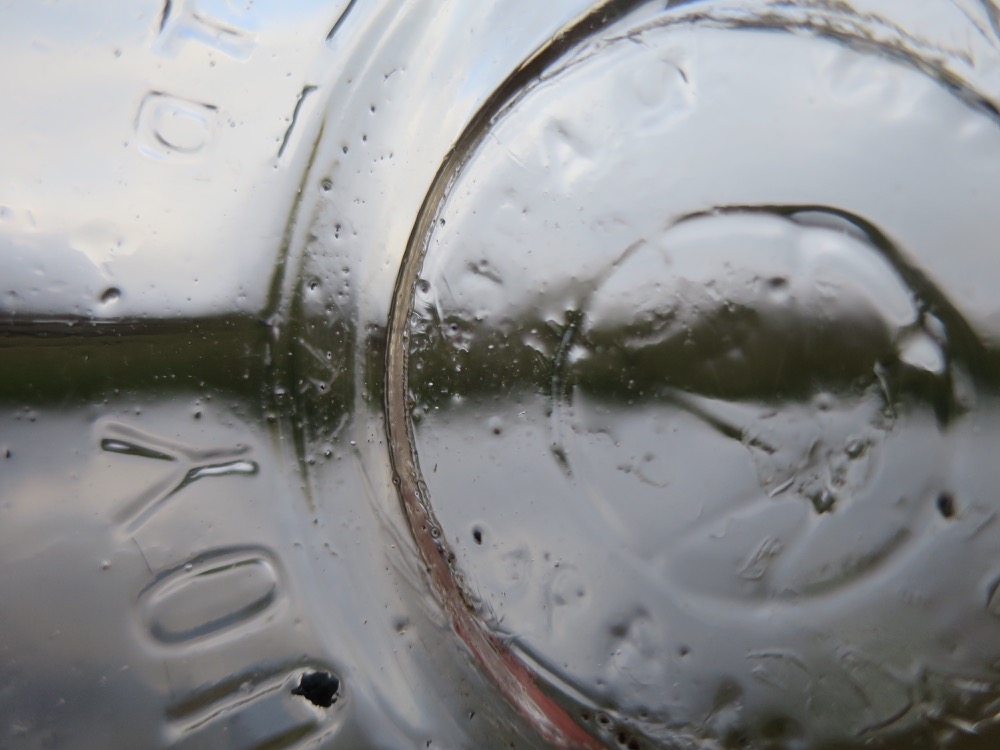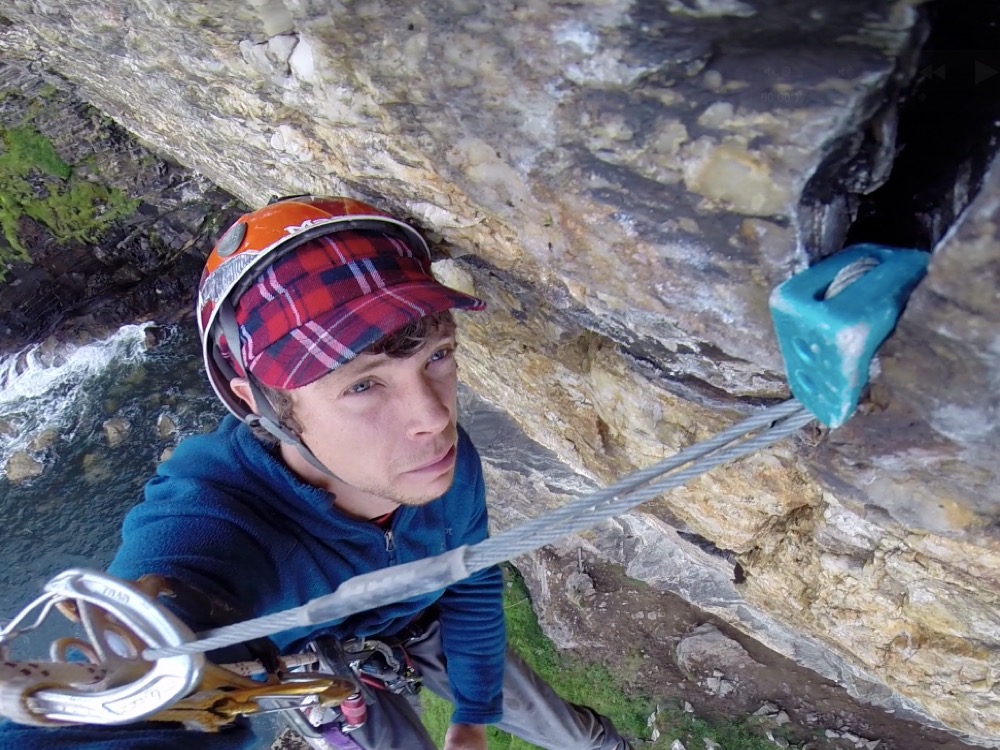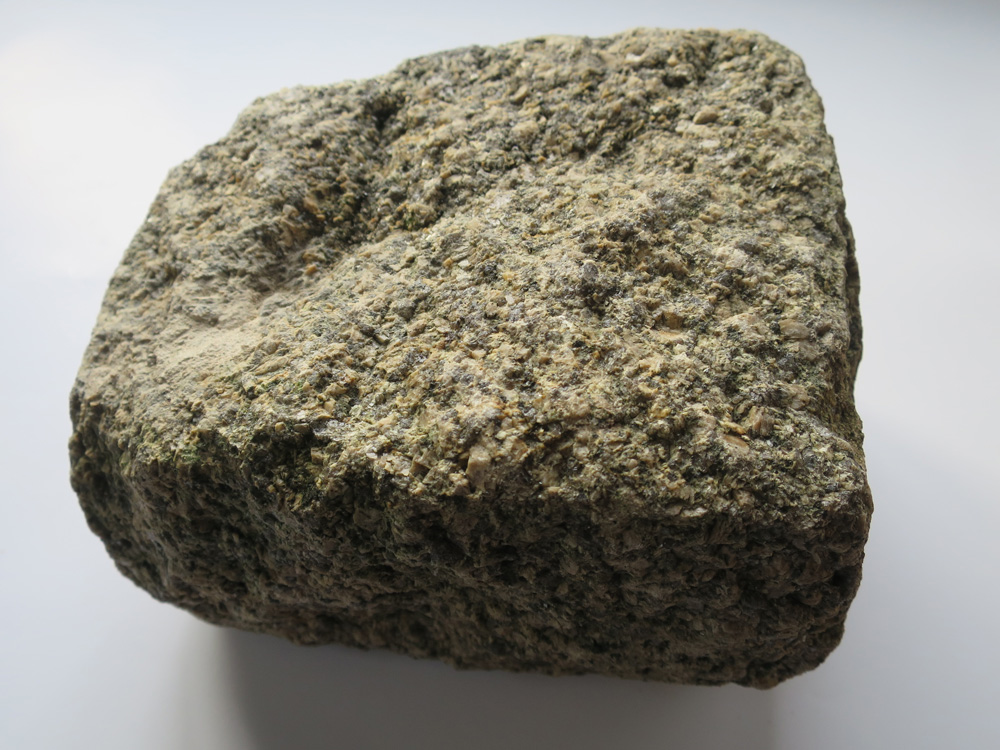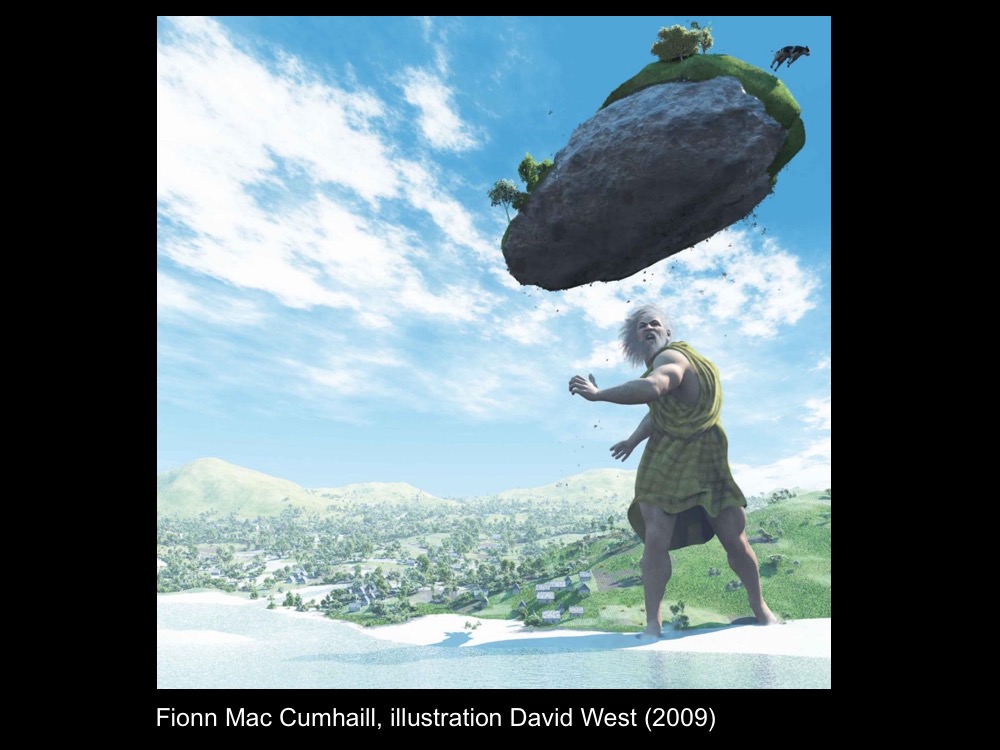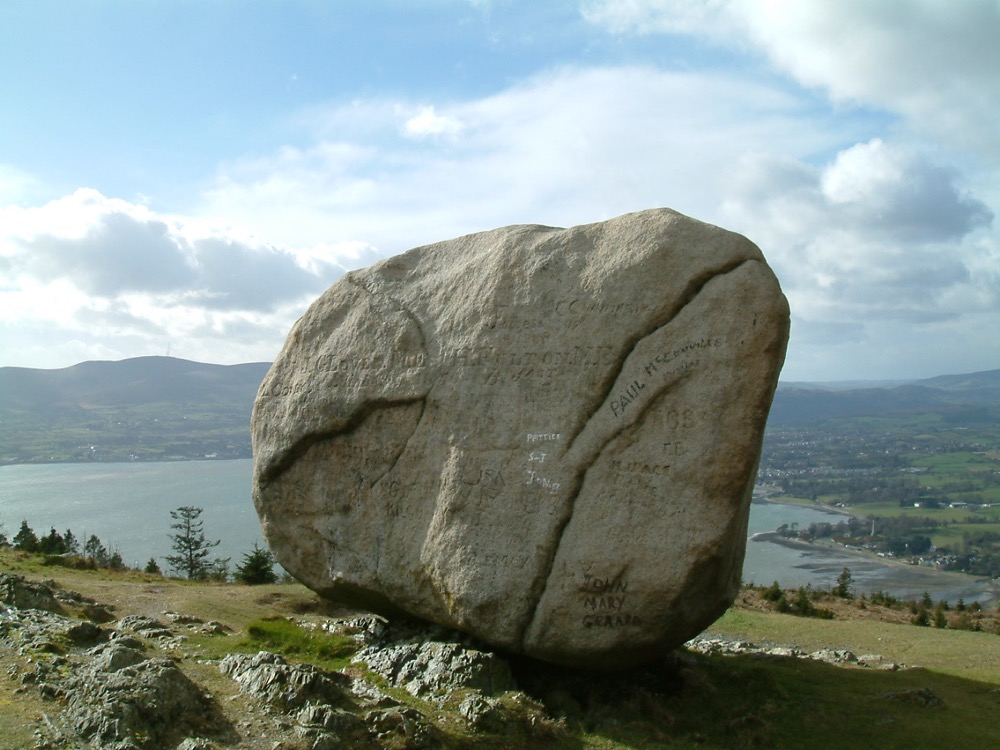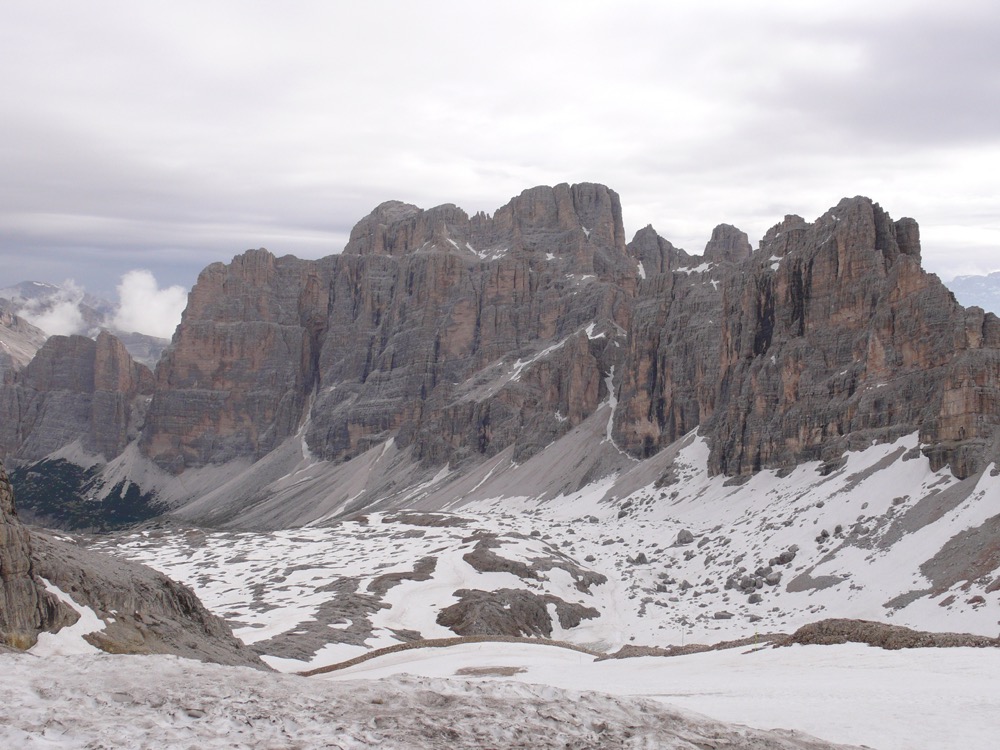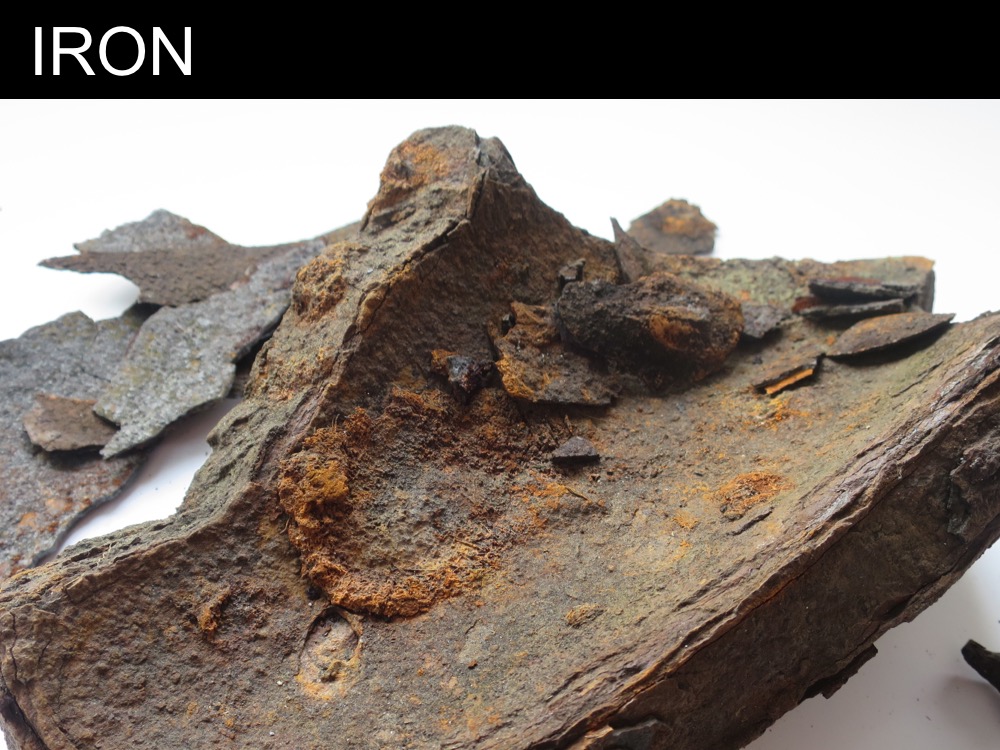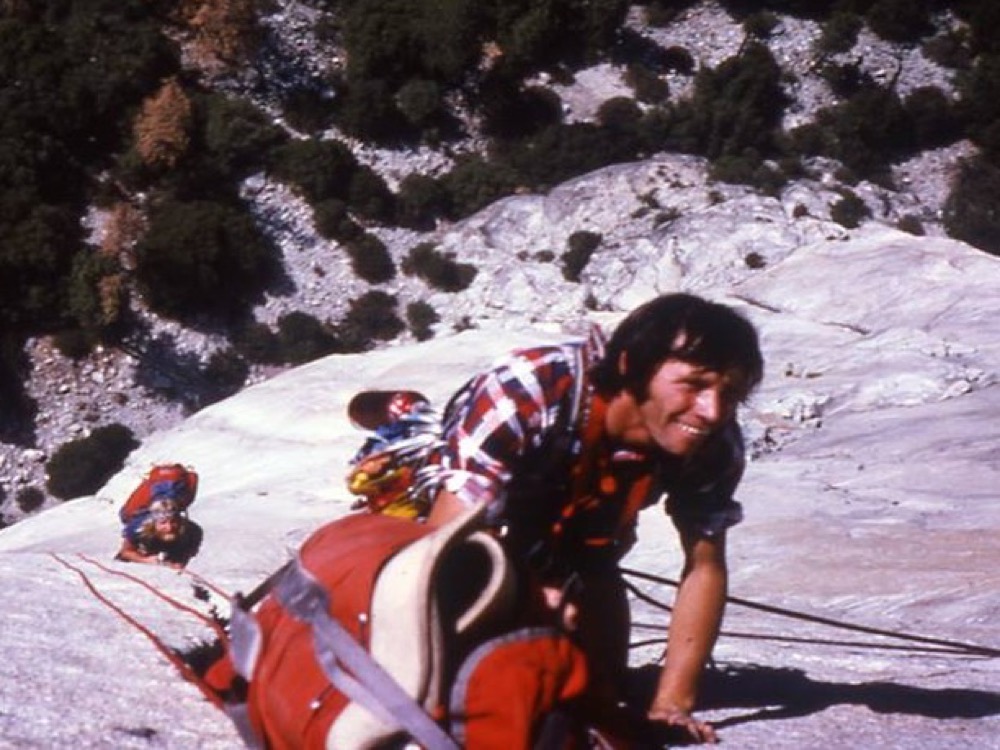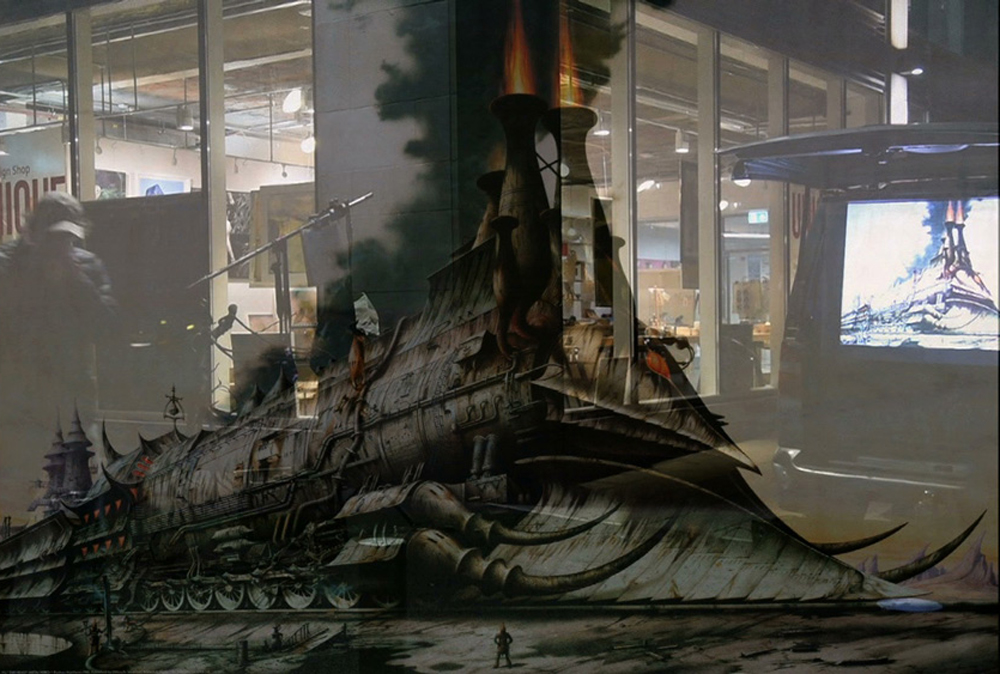
Image: 'The Heavy Metal Hero' courtesy Rodney Matthews Studios / mixed with Shipsides and Beggs Projects live documentation.
Wabash Cannonball: Granite, Quartz, Iron.
Impact Study / Tall Tale of the Mourne Mountains
A pata-perceptual exploration of materiality and culture.
Shipsides and Beggs Projects 2019
Performance; spoken word, image, audio and video.
Approx 70 min.
Audio visual, spoken word performance in the T5 Field Cinema format at Bouy Park, Belfast commissioned by Bbeyond in 2019 as part of the Citizengage programme: International Performance Art Festival, Feb 21st, 2019
Image 1: 'The Heavy Metal Hero' courtesy Rodney Matthews Studios / mixed with SBP image.
Image 6: Gropper's American folklore map. Library of Congress.
Image 7: Traveling preacher with his family and wagons, High Springs, State Archives of Florida.
Image 9: Government. Northern Irelasnd. Sub region 2. screening report.
Image 11: Bluebird Records. Wabash Cannonball.
Image 12: Utah Philips. People's World / Rebel Graphics.
Image 13: El Capital / El Capitan. Apple screen saver / SBP.
Image 16: Fionn fighting Aillen, illustration by Beatrice Elvery in Russell's Heroes of the Dawn (1914)
Image 17: 'The Heavy Metal Hero' courtesy Rodney Matthews Studios
Image 18: Spectroscopy of Terbium doped Sol-gel Glasses - Scientific Figure on ResearchGate.
Image 19. Fionn Mac Cumhaill Illustration; Courtesy David West
Image 20: Ricky Bell, Tops of 4Power productions.
Image 23: OpryParks Limited - T-shirt design.
Image 24: The Nose 1978 Calvin Torrans, Graeme Everitt and Nipper. Courtesy of Graeme Everitt
All other images SBP or public domain.
WABASH CANNONBALL video edits:
Video documentation edited into new video works:
This gives a good sense of the performance but works better as four short stand-alone edited artworks. The live material has been edited with rehearsal material and full images to generate a coherency that mitigates the sound issue with recording a live performance.
Credits: Live video and audio footage: Bbeyond
All other footage, audio and editing: Shipsides and Beggs Projects or as listed or open source /public domain.
Part 1: Impact Study / Tall Tale. 13.08min
Part 2: Granite Intrusions. 24.41min
Part 3: Crystal Fallout. 18.15min
Part 4: Gravity Accounts. 14.13min
The starting point for the exhibition is a rock-climbing route in the Mourne Mountains in Northern Ireland called the Wabash Cannonball. The route is rarely climbed but is a classic of Irish climbing – 80 meters of steep, hard granite climbing in the beautiful and remote setting of Slieve Beg near to the notorious gully of The Devils Coach Road. It was first climbed and named by the noted Belfast climber Calvin Torrans in 1974, who had and has a passion for the politicised folk music scene of the 1960’s to which the Wabash Cannonball connects as the title of an American folk song.
The nomenclature of this route and its setting sets us on a journey from Irish landscape and mythology to and through American Folk tradition and music, particularly of the Appalachian Mountain areas, and the history, politics and culture of the American railroad expansion and then back to the cultural and topographical landscape of the Mourne Mountains (which in turn mark the eastern end of the UK / ROI border).
The narrative of the performance from here then explores other links and material connections reflecting a twisting and, at times, strange journey through techniques of pata-perception lateral practice (Shipsides 2011) and makes up four distinct sections which deal with different materials found or encountered in the Mourne Mountains.
Wabash Cannonball: Granite, Quartz, Iron. (all 4 parts)
Impact Study / Tall Tale of the Mourne Mountains
HD video. 71min
https://vimeo.com/453933066
Individual parts:
WABASH CANNONBALL: Impact Study / Tall Tale:
Edit Part 1.
HD video. 13.08min
https://vimeo.com/359306673
Section one, Impact Study / Tall Tale, is an introductory section begins by embracing the T5 Field Cinema framework as a lineage of the Gospel Wagon with a description of its format as an Impact Study / Tall Tale, with both genres described and explored. The Tall Tale genre allows us to understand cultural themes and memes as carrying important geographical and topological knowledge. This section then lays out the geographic, political and mineralogical context of this area which includes recent news of government feasibility plans for GDF (Geological Disposal Facility) for dumping nuclear waste from the UK’s nuclear industry, no part of which is located in Northern Ireland.
WABASH CANNONBALL: Granite Intrusions:
Edit Part 2.
HD video. 25.41min
The second section Granite Intrusions, sets out to explore the nomenclature of Calvin Torran’s rock climb and its geographical / topological roots. It takes us to American folk traditions exploring the myth and culture of the hobo and identifies the Wabash Cannonball as a coded song about the labour conditions of migrant workers in late 18th to mid 19th Century America (the song is about a mythical train which collects the souls of dead hobos). Many of these migrant workers were Irish immigrants who had fled the Famine of the mid 18th Century and so a key link is made here with a strong empathy towards social and labour rights (Utah Philips an anarchist labourer and musician has documented such coded folk songs), and connect with contemporary labour dynamics and wilderness myths of Silicon Valley venturism. The coded train then appears as a harbinger of death, connecting with the Gospel Wagon, the Undergound Railroad and the Cóiste Bodhar (Coach-a-Bower) Irish myth of the death coach. The death coach motif bringing us right back to the Devils’ Coach road in the Mourne Mountains and the nomenclature of Torran’s climbing route and other routes on Slieve Beg.
WABASH CANNONBALL: Crystal Fallout:
Edit Part 3.
HD video. 18.15min
The third section, Crystal Fallout, further mines the geology of the Mournes and its rock climbing prominence, grounding it with the geological make-up of granite and a large smoky quartz crystal found in the Mournes by noted climber Ricky Bell. Exploring unorthodox ideas and beliefs found in the world of crystology, combining with creative fiction (Flann O’Brien) and some basic pata-physical experimentation this section re-contextualises significant climbing footage of Ricky Bell using silicone dioxide (glass and quartz) as a pata-perceptual filter. Footage of extreme climbs Mushroom Boyz (E7 6a) and Crystal Methods (E8 6c) is utilised to explore the possibilities and potentialities of 'protection' in climbing.
WABASH CANNONBALL: Gravity Account:
Edit Part 4.
HD video. 14.13min
The fourth and final section Gravity Account, begins with a Shummit interlude and then returns to the granite block as a ballistic missile and sees it weaponised in the mythological, tall tale where Fionn Mac Cumhaill slayed the Ice Giant by hurling the Cloughmore Stone from across Carlingford Lough (which is also the UK/ROI border) The Cloughmore Stone is a precedent to the WW2 era with the US Navy using the southern Mourne Mountains as an artillery firing range where they targeted certain granite outcrops as enemy ships for target practice. A large piece of iron exploded shell fragment, found in the boulder field debris, presents the material basis for this section which then links to the Iron Way (Via Ferrata) WW1 mining warfare in the Dolomites which forms a closing to performance with a new rendition of the Shipsides and Beggs song Frontier Soldier. A post script celebrates the efforts and tenacity of environmental activist Cormac McAleer ongoing battle against Dalradian’s (a Canadian company) environmentally disastrous plans for goldmining in the Sperrin Mountains.
He is a contemporary Finn McCool...
The work is an open-work and will be re-developed and re-performed to explore specific themes or research in different contexts and directions – each time generating new material for further research.
